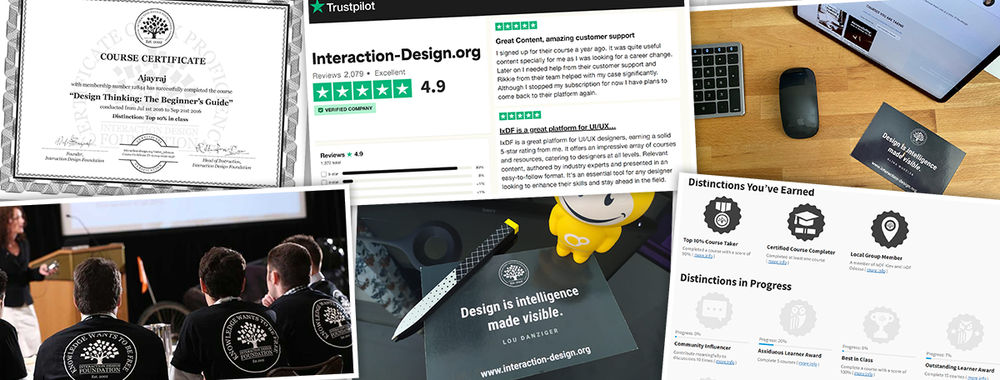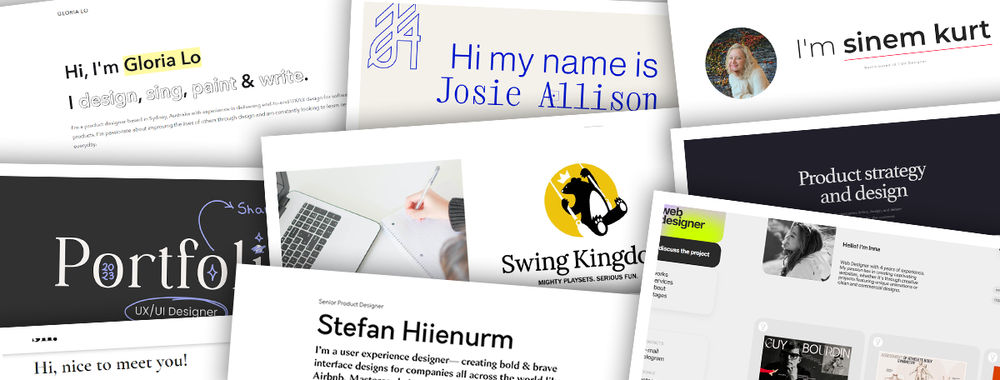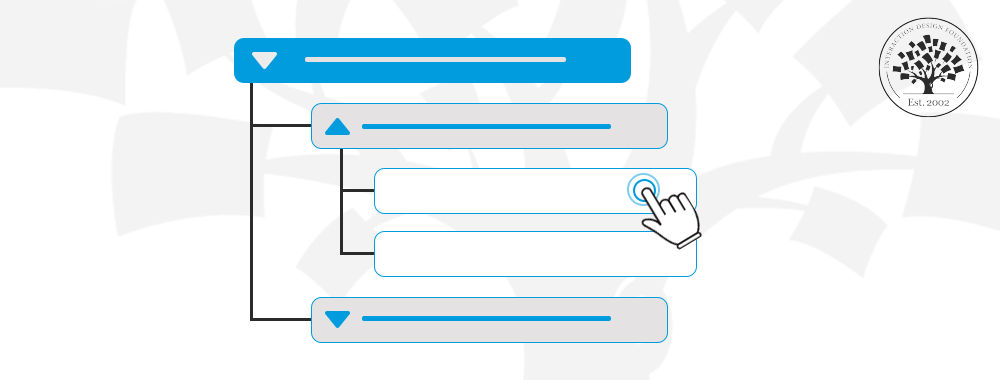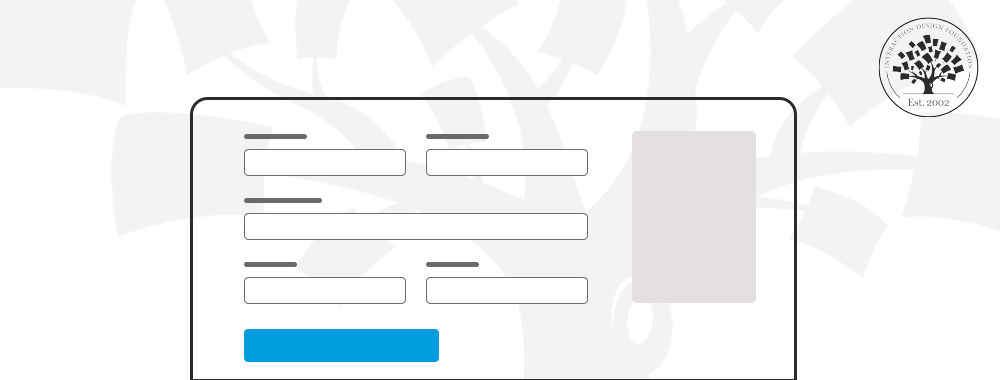Sadly, even experienced freelancers and entrepreneurs (who should know better) struggle with the idea that they are no longer employees. Yet, if you can break your employee mind-set, you can become empowered to be a better freelancer and entrepreneur, one who acts as a partner to their clients rather than as the hired help who does what they’re told, when they’re told. Learn to break the employee mind-set early in your freelance or entrepreneur career and be free to focus on adding value to your clients’ businesses.
If you want to be able to deal with customers as a business owner, you must come to terms with the fact that you are no longer an employee. Why?—because there are distinct drawbacks to being an employee that don’t apply to business owners. And as the coach Bethany LaRossa says: “If you don’t want to work for “the man” or have a boss – you need to step up and be your own boss.”
What’s Wrong with The Employee Mind-set?
There’s nothing wrong with being an employee. Nearly everyone works for someone else as an employee at some point. Some nice benefits come with being an employee, including paid vacations, often paid health insurance, a nice laptop, car, phone, colleagues, etc. as well as that regular salary cheque.
The trouble is that a bunch of problems come with being an employee, too:
Subservience – You have a boss and you get told what to do.
Fear – Your boss can ruin your life (or at least your week) by firing you.
Lack of control – Your boss can tell you when to work and where to work.
We trade off these downsides in exchange for the benefits of being an employee.
Freelancers and entrepreneurs don’t get the benefits of being an employee, which is the downside of being your own boss. However, we also don’t have to accept the downsides of being an employee, either.
It’s important for you to recognise that you are not an employee and that you are not subservient to your clients—rather, you’re a partner in their success. Your job is to deliver work that adds value to your clients’ businesses. It’s not to put up with being told what to do, how to do it, etc., particularly when that stuff falls outside of the scope of work you have contractually agreed with a client.
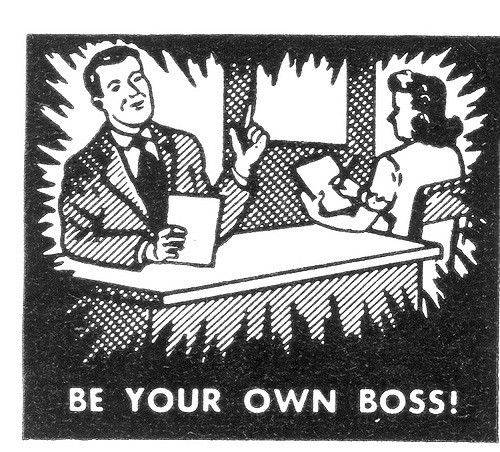
Author/Copyright holder: Todd Ehlers. Copyright terms and licence: CC BY 2.0
This is what being a business owner is all about – being your own boss.
Challenges in Breaking the Employee Mind-set
Challenges in breaking the employee mind-set include:
Working for an old employer – It can be really easy to fall back into old patterns with an old employer. You must define the relationship and gently remind the person purchasing your services that the relationship has changed if they try to return to old employer-employee styles of management. You didn’t give up your benefits package to be an employee all over again.
Working for a single client – This is the worst mistake any business owner can make. It’s an employment contract in all but name. It gives a client all the power over your career (lose the client – lose your business). Worse, if something goes wrong for the client—they may take your business down accidentally.
This happens to a lot of newbie business owners. They let a client take up 95% of their time, and if that client goes out of business, they may owe you several months of cash. If you don’t have any savings or other clients lined up, it’s likely that your business will not survive.
Always split your time between at least two or three clients and—ideally—a few more. Small contracts are often much better than big ones for a solo practitioner. If you maintain 20 websites to make your living and one client leaves, you’ll have only lost 5% of your turnover—You can continue to work while you look for a new client. If you maintain two websites, however, losing one client will cost you half your income.
You – The biggest challenge in changing your mind-set is you. You’ve picked up the habit of being an employee. You need to remind yourself—regularly, to start with—that you’re a business owner. You are in charge. You make the decisions and while you must always be open to feedback and input from your clients, you’re not at their beck and call, and you don’t have to jump (or ask “how high”) when they tell you to.
Realise that You Are an Expert and Equal Partner to Your Client
It may sound scary, but the truth is that when you recognise the power in your own status as business owner, you can add better value to your clients’ projects.
An employee does as he’s told. A valued partner can challenge her client when she thinks their ideas aren’t going to add the best value. A valued partner doesn’t need to be told how to do her job; she’s doing the job because she knows exactly how it should be done because she’s an expert in her niche.
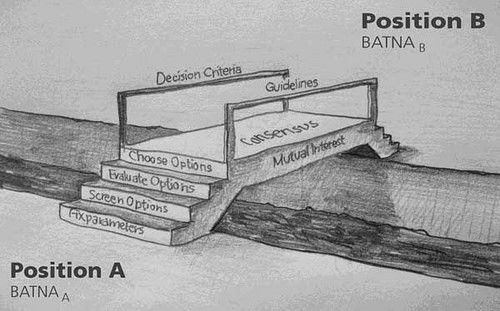
Author/Copyright holder: jean-louis Zimmermann. Copyright terms and licence: CC BY 2.0
Negotiate and build bridges with your clients. Don’t become an argumentative asshat.
This doesn’t mean – become an argumentative asshat. It does mean that there are times when you need to exercise your expertise and persuade your clients to go a different way. Other times, you’ll need to listen and understand what your clients really need (people can be terrible at articulating what they really need), and you need to help them do so.
You should contractually define relationships with clients so that they can’t treat you as an employee. That’s not because being an employee is bad—it’s because you’re not an employee. You are engaged to deliver a service (and possibly a product or two)—and that’s it.

Author/Copyright holder: Jérôme Dessommes. Copyright terms and licence: CC0 1.0
Developing a contract to lay out your relationship with your clients is absolutely vital – one side benefit is that a contract can help the client see you as a partner, not as an employee.
The Take Away
Breaking the employee mind-set is a part of being a good freelancer and business-to-business entrepreneur. When you recognise that you are a partner and not an employee, you can help your clients more effectively—and you can avoid the drawbacks of being an employee (as you certainly won’t get the benefits).
References & Where to Learn More
Hero Image: Author/Copyright holder: Kai Chan Vong. Copyright terms and licence: CC BY 2.0
More on breaking the employee mindset can be found here: 9 'Mindsets' You Need to Switch From Employee to Entrepreneur
And here: How First-Time Entrepreneurs Can Break Free Of The Employee Mindset


